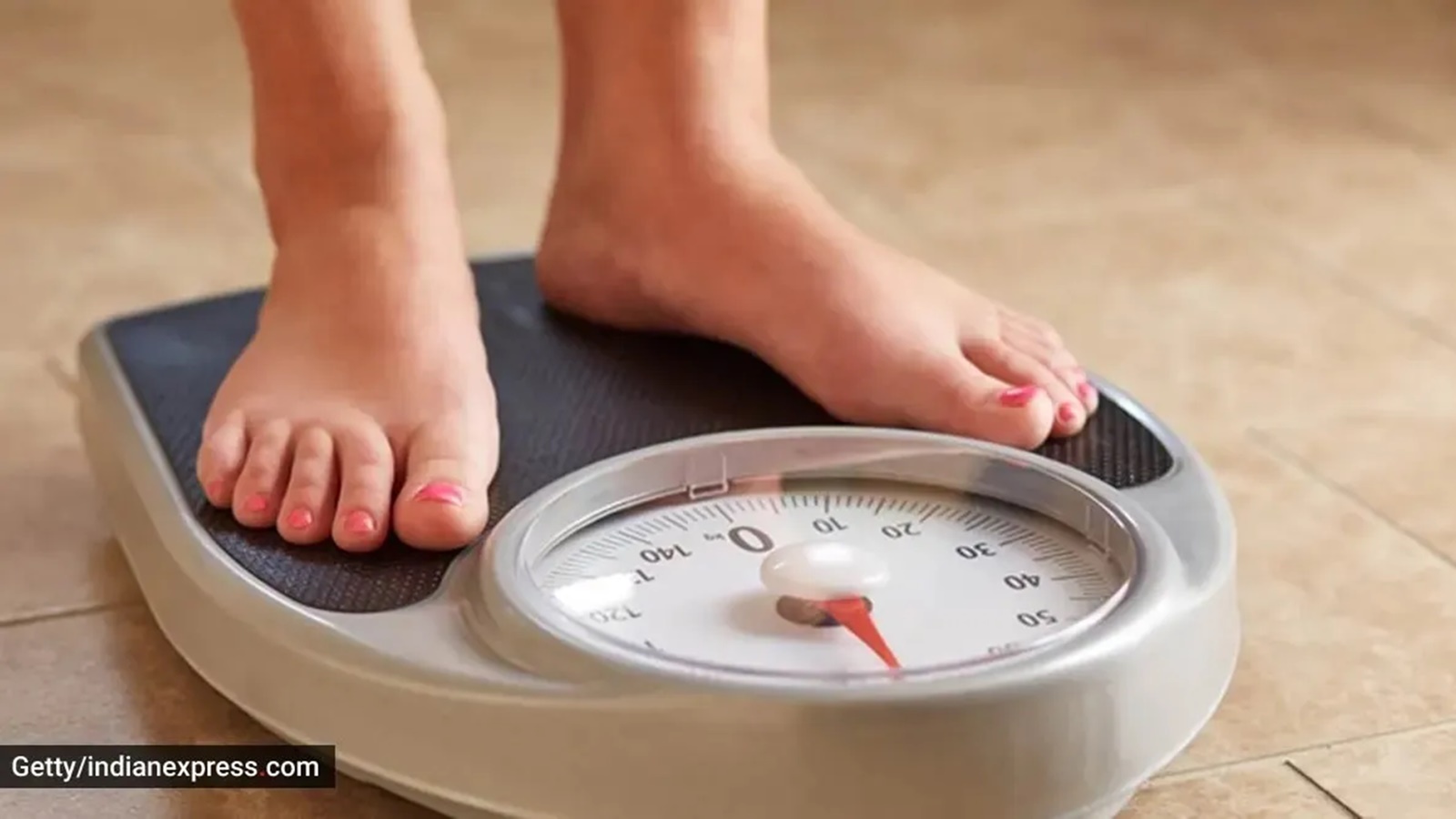Health at Every Size (or HAES) is a lifestyle counseling approach that promotes mindful eating and lifestyle practices to pursue health and wellness, without focusing on weight loss. body weight.
Losing weight is considered a beneficial effect, rather than a goal.
The Association for Size Diversity and Health first developed this guideline in 2003 and updated it in 2013 and 2024. Its latest guidelines recommend:
1. to reduce weight discrimination
2. promoting body acceptance
3. eating sensibly
4. exciting physical activities.

It also aims to address the stigma and discrimination that plus-size people may experience when seeking medical care.
Internationally, many health professionals have incorporated the HAES method into their treatments and services. Other organizations, such as Obesity in Canadahave included HAES in their guidelines for obesity treatment. How does it compare to weight loss treatments? We conducted a systematic review and meta-analysis of all research studies published up to November 2022 that used HAES-based programs.
Across 19 scientific papers, we compared the results of overweight people who used HAES-based programs: 1. conventional weight loss programs (six studies) 2. people those on the waiting list receive no treatment at all (six studies) 3. groups where people receive weekly social support in groups (four studies).
We evaluated the effect of the program on appetite, weight, measures of physical health including cholesterol and blood pressureand health and mental health.
Our analysis found that HAES measures were more effective in reducing hunger than other measures, meaning that people had fewer feelings of hunger or emotional eating.
However, compared to control measures, HAES did not show superior results for improving any physical health outcome – weight loss, blood pressure of cholesterol, blood pressure – or health or mental health outcomes.
Given the results so far, the choice to use a HAES-based method (or not) will depend on individual preferences, needs and goals.
Don’t get your health advice from influencers Although HAES has been used in clinical practice for many years, some US and Canadian anti-diet programs have been evaluated by because of their relationships with processed food companies.
The spotlight was placed on a very small number of dietitian “motivators” (about 20 out of more than 80,000 dietitian members in the US and Canada) who advocate “eating what you feel.” ” and discourage people from trying to lose weight, under the HAES label. They did not say they were being paid to promote products sold by food, beverage or supplement companies.
US author and nutritionist Carrie Dennett urges people not to look to influencers for health advice. Instead, seek non-judgmental health care from your GP.
 We evaluated the effect of the program on appetite, weight, measures of physical health including cholesterol and blood pressure, as well as health and mental health. (Photo: Getty Images)
We evaluated the effect of the program on appetite, weight, measures of physical health including cholesterol and blood pressure, as well as health and mental health. (Photo: Getty Images)
What would treatment look like?
When improving your health is the goal of treatment, the best place to start your journey is a health check with your doctor, as well as an examination of your relationship with food.
A healthy relationship with food means being able to eat enough food and a variety of foods to meet your nutritional, health and wellness goals. This may include strategies such as:
1. Keeping a food diary
2. Reflecting on the factors that influence the way you eat
3. Practice mindful eating
4. Learning about nutrient requirements
5. Focusing on the joy of food and the pleasure that comes from cooking, sharing and eating with others.
If you need more help doing this, ask your doctor to refer you to a doctor who can help.
What if your goal is to lose weight?
When it comes to medical nutrition therapy to treat weight-related health conditions, As with high blood pressure and type 2 diabetes, this approach will depend on individual needs and expectations.
In general, there are three levels of energy consumption rates:
1. An energy-reducing diet where the goal is to reduce energy intake by 2,000 to 4,000 kilojoules (kJ) per day by identifying food substitutes, such as replacing soft drinks with other beverages. sugar for zero or types of food or water.
2. A low-energy diet, using a target energy intake of 4,200-5,000 kJ, up to 7,000 kJ per day depending on individual energy consumption.
3. The most restricted regime is a very limited diet, with a target energy intake of less than 2,500 kJ / day, which is achieved by using products made from fresh food.
The purpose of a very low-energy diet is to facilitate rapid weight loss, which is important to improve health in uncontrolled type 2 diabetes. Such a diet should used under the supervision of your doctor and nutritionist.
When choosing an initial plan, strike a balance between your energy intake goals and your ability to stick with it. Your routine may change over time as your lifestyle needs change.
If you need nutritional advice, ask for a referral to a nutritionist. Registration of service providers though Dietitians Australia allows you to see their expertise and location.
Regardless of whether your doctor uses the HAES method or not, your health care providers should always treat you with respect and care about your health and well-being.
#life #situation #advice #compare #weight #loss #treatments
